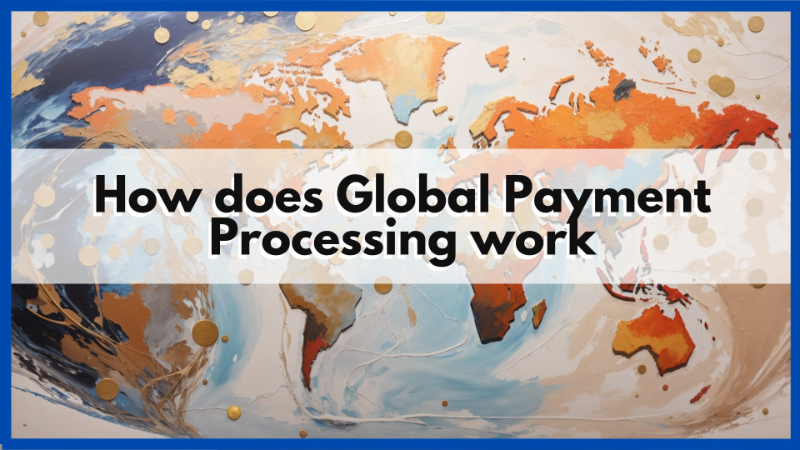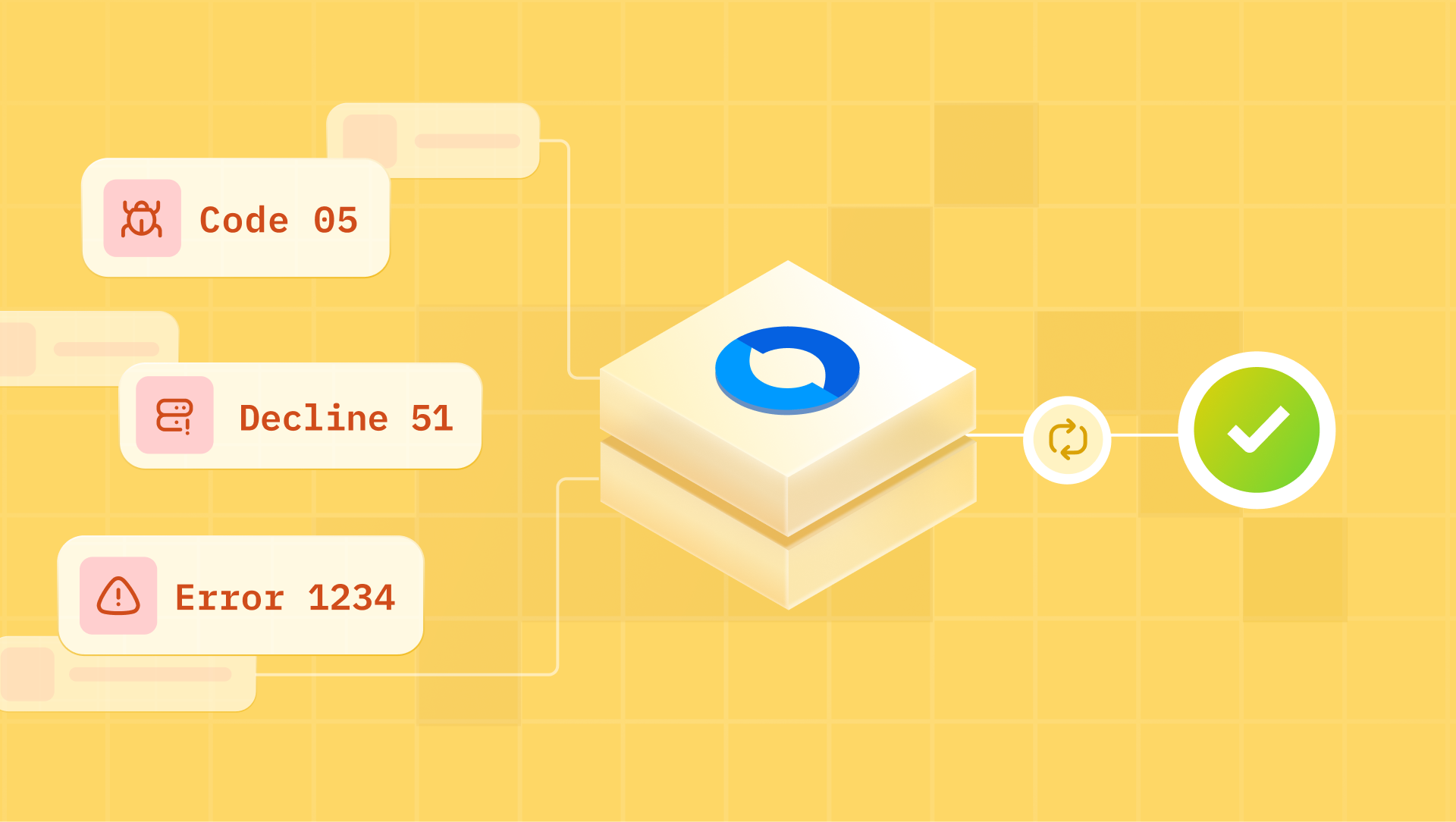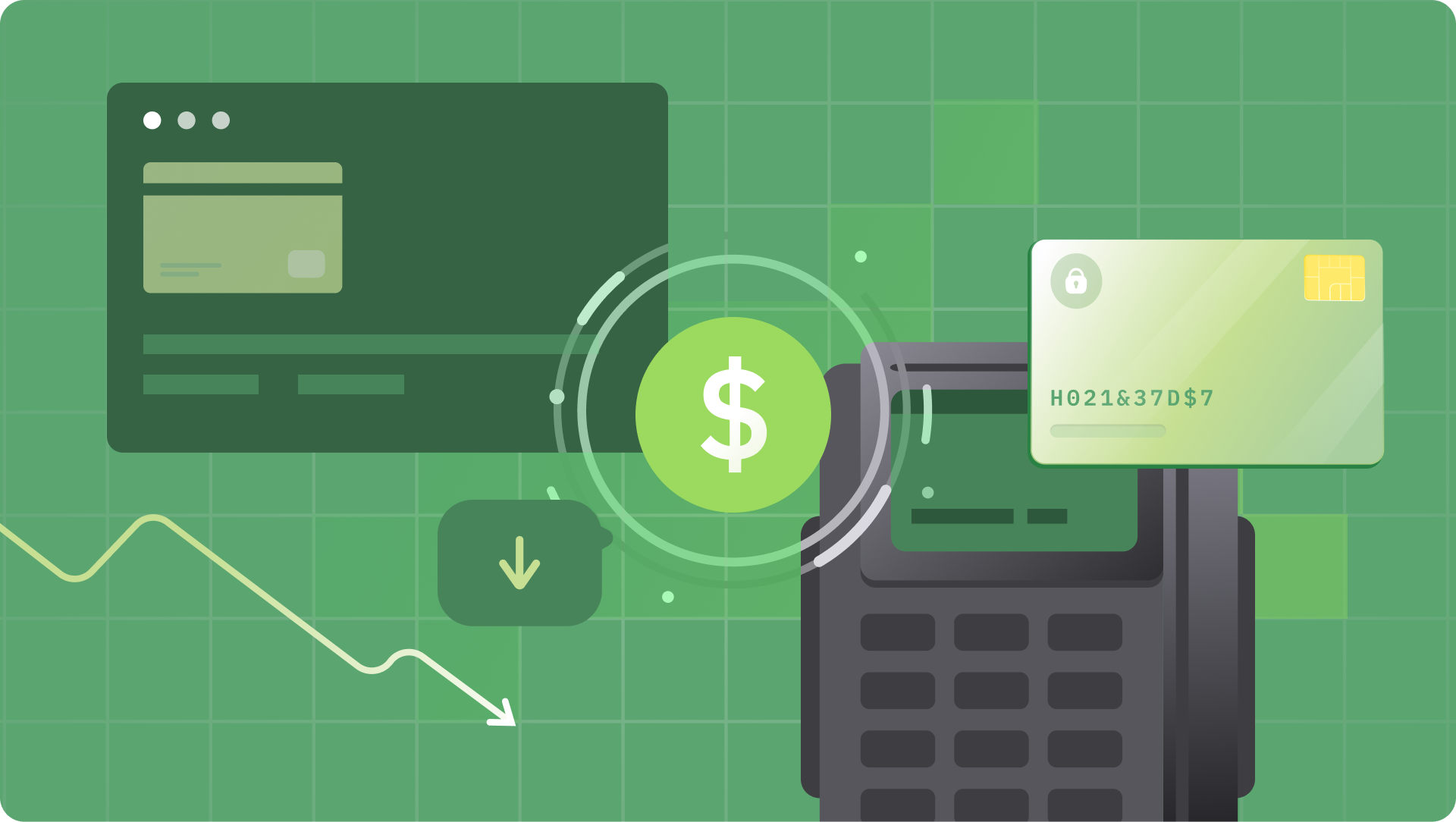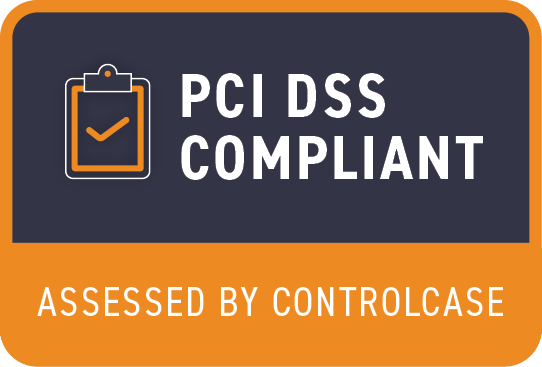In today's ever-connected world, the way we handle payments has transformed beyond recognition. It's as if we've entered a new era where speed, convenience, and global reach are the currency of choice. In a time when borders are mere lines on a map and businesses operate on a global scale, the demand for a payment system that's not just advanced, but seamlessly interconnected, has never been greater.
Think about it – whether you're a small-town shop owner or a Fortune 500 corporation, the ability to accept payments from anywhere in the world is the lifeblood of modern business. And in 2024, the systems in place are nothing short of remarkable.
However, as with any advanced system, it comes with its fair share of complexities.
Challenges with Global Payments
Before we dive into the mechanics of global payment processing, let's first understand the challenges that businesses face in this complex landscape.
1. Currency Conversion:
One of the primary challenges is dealing with multiple currencies. When you operate globally, you must be prepared to accept payments in various currencies and convert them into your preferred currency. Currency conversion rates can fluctuate, impacting your revenue and profitability.
2. Compliance and Regulation:
Different countries have different regulations and compliance requirements when it comes to payment processing. Navigating through this regulatory maze can be overwhelming, especially for businesses expanding into new international markets.
3. Security Concerns:
Global payments also come with security risks. With the rise of online fraud and cyberattacks, ensuring the safety of sensitive customer data is a top priority. Businesses must invest in robust security measures to protect their customers and themselves.

What is a Global Payment Processor?
Now that we've explored the challenges, let's talk about the key player in global payment processing—the global payment processor. It's important to note that a one-size-fits-all payment processor doesn't exist. Instead, businesses often need to work with multiple payment processors to cater to different regions and customer preferences.
An ideal global payment processor is a financial institution or service provider that facilitates the transfer of funds between a buyer and a seller in a global transaction. These processors play a crucial role in authorizing and settling international payments. They act as intermediaries, ensuring that funds move securely and efficiently across borders.
Each global payment processor may specialize in certain aspects of the payment process, such as currency conversion, fraud prevention, or compliance with local regulations. This specialization allows businesses to optimize their payment processing based on specific needs and markets.
Importance of Accepting Global Payments in 2024
The global marketplace is more accessible than ever, thanks to the internet and the widespread use of mobile devices. Here are a few compelling reasons why businesses should prioritize global payment integration:
1. Market Expansion: Accepting global payments opens the door to new markets and customer segments. It allows businesses to tap into the vast potential of international consumers, driving growth and revenue.
2. Competitive Advantage: Offering convenient and secure international payment options gives your business a competitive edge. Customers are more likely to choose businesses that cater to their payment preferences.
3. Customer Experience: Improving the payment experience for international customers can lead to higher customer satisfaction and loyalty. A smooth payment process enhances the overall shopping experience.
How Global Payment Processing Works
Now, let's unravel the mystery of how global payment processing actually works. The process can be broken down into several key steps:
1. Payment Initiation: It all begins when a customer initiates a payment, either online or in a physical store. They provide their payment information, including credit card details, bank account information, or digital wallet credentials.
2. Payment Authorization: The payment processor receives the transaction request and verifies the customer's payment details. This step involves checking for sufficient funds, ensuring the card is not reported as stolen, and conducting anti-fraud checks.
3. Currency Conversion: If the payment is in a foreign currency, the processor calculates the equivalent amount in the seller's preferred currency using the current exchange rate. This is where currency conversion fees may apply.
4. Transaction Settlement: Once the payment is authorized and converted (if necessary), the processor transfers the funds from the customer's account to the seller's account. This step involves clearinghouses, banks, and payment networks.
5. Payment Confirmation: The seller and customer receive confirmation of the successful transaction. This confirmation typically includes details like the transaction ID, amount, and date.
How Can an Orchestrator Help Integrate Multiple Global Payment Processors?
As mentioned earlier, a one-size-fits-all payment processor isn't a reality when dealing with global payments. Businesses often need to work with multiple payment processors to cater to different regions and customer preferences. This is where the payment orchestrator comes into play.
An orchestrator is a specialized software or platform that helps businesses seamlessly integrate and manage multiple global payment processors. Here's how it works:
Features of a payment orchestrator:
- Unified Integration: An orchestrator acts as a central hub that connects your business to various payment processors. It streamlines the integration process, saving time and effort.
- Payment Routing: Depending on factors like customer location, currency, and payment method, the orchestrator can intelligently route payments to the most appropriate processor. This optimizes transaction success rates and minimizes fees.
- Consolidated Reporting: Orchestrators provide businesses with consolidated reporting and analytics on payment performance across all processors. This data helps in making informed decisions and optimizing payment strategies.
- Flexibility and Scalability: As your business grows and enters new markets, an orchestrator can easily accommodate new payment processors and adapt to changing payment trends.
- Enhanced Security: Orchestrators often come with advanced security features that help protect against fraud and ensure compliance with regional regulations.
In conclusion, global payment processing is a multifaceted process that enables businesses to tap into the global marketplace. While it comes with its fair share of challenges, the benefits of accepting international payments far outweigh the drawbacks. By understanding how global payment processing works and leveraging orchestrators to streamline the process, businesses can thrive in the global economy of 2023 and beyond. So, embrace the world of global payments and watch your business reach new heights!
FAQs:
- What are the most common global payment methods?
Common global payment methods include credit/debit cards, PayPal, digital wallets (e.g., Apple Pay, Google Pay), and bank transfers. - How long does a global payment typically take to process?
The processing time varies depending on factors like payment method, currency conversion, and the payment processor. It can range from seconds to a few days. - Are there any specific regulations to consider when accepting global payments?
Yes, each country may have its own regulations regarding payments, data privacy, and taxation. It's crucial to stay informed and compliant with these regulations.








